.jpeg)
Service Water Restoration Pros: Sewage Backup and Sewer Line Inspection
Introduction:
Sewage backup is a severe and unpleasant problem that occurs when wastewater and sewage flow back into a building instead of being properly disposed of through the sewer system. It can be caused by various factors such as blockages, clogged pipes, tree root infiltration, or damaged sewer lines. Sewage backup poses serious health hazards and requires immediate attention. This comprehensive guide will delve into the causes of sewage backup, the process of cleanup and restoration, and the significance of sewer line inspection. Service Water Restoration Pros, a trusted restoration company, provides professional help for sewage backup situations.
.jpg)
Causes of Sewage Backup:
There are several common causes of sewage backup:
1. Blockages: Accumulation of debris, sediment, or foreign objects in the sewer system can lead to blockages. This restricts the flow of wastewater, causing it to back up into the building.
2. Clogged Pipes: Grease, hair, food particles, or other materials can accumulate in the pipes, gradually causing them to become clogged. This can result in sewage backup.
3. Tree Root Infiltration: Tree roots seeking moisture can penetrate sewer pipes and create blockages or cause damage, leading to sewage backup.
.jpeg)
4. Damaged Sewer Lines: Aging infrastructure, corrosion, shifting soil, or freezing temperatures can cause damage to sewer lines, resulting in sewage backup.
Cleanup and Restoration Process:
The cleanup and restoration process for sewage backup involves several steps:
1. Safety Measures: The first step is to ensure the safety of occupants and restoration professionals. Personal protective equipment (PPE) is worn to prevent exposure to hazardous materials and pathogens.
2. Extraction and Removal: The standing sewage water is extracted using specialized equipment. Affected materials, such as carpets and furniture, are removed and disposed of properly.
3. Cleaning and Disinfection: The affected areas are thoroughly cleaned and disinfected using industrial-strength cleaners to eliminate bacteria, viruses, and other contaminants.
4. Drying and Dehumidification: High-powered drying equipment is used to remove excess moisture and prevent mold growth. Dehumidifiers are employed to maintain optimal humidity levels.
5. Repairs and Restoration: Structural damage and compromised sewer lines are repaired or replaced. Restoration efforts ensure the affected area is brought back to its pre-loss condition.
Importance of Sewer Line Inspection:
Regular sewer line inspection is crucial to prevent sewage backup and identify potential issues before they become major problems:
1. Early Detection of Blockages: Sewer line inspections can identify blockages or clogs that may lead to sewage backup. Prompt action can be taken to clear the blockages, preventing potential backups.
2. Root Intrusion Detection: By conducting sewer line inspections, tree root infiltration can be detected early. Proper measures can be taken to remove the roots and repair any damage to prevent backup.
3. Aging Infrastructure Assessment: Sewer line inspections help identify signs of aging infrastructure, such as deteriorating pipes or corrosion. Timely repairs or replacements can prevent future backups and extensive damage.
4. Cost-effective Maintenance: Regular inspections and maintenance of sewer lines are cost-effective compared to dealing with the aftermath of a sewage backup. It helps avoid costly repairs and restoration expenses.
Service Water Restoration Pros: Professional Sewage Backup Help
If you are experiencing a sewage backup situation, it is essential to seek professional help. Service Water Restoration Pros offers comprehensive sewage backup cleanup, restoration, and sewer line inspection services. Our trained technicians utilize advanced equipment and techniques to safely and effectively resolve sewage backup issues. We prioritize the health and safety of occupants and ensure thorough cleanup and restoration to minimize long-term damage. Contact Service Water Restoration Pros at 949-209-1582 or visit our website [Service Water Restoration Pros](https://servicewaterrestorationpros.com/) for immediate assistance.
FAQs:



